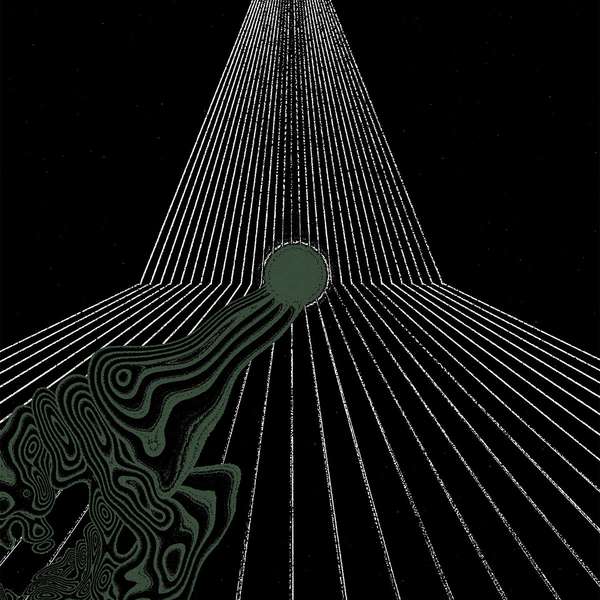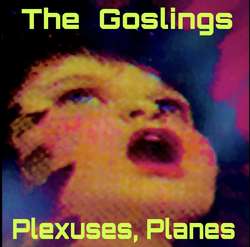White Suns, the New York based noise trio, has been slowly descending on the path of deconstruction. Founded in 2006, the band has released a series of albums, presenting an experimental rock perspective and subsequently deconstructing it to its most basic core. The highlight of this process was Totem, a record where at times it felt like the experimental aspect of White Suns was taking over the rock influence.
This transformation to the more abstract domain feels complete with Psychic Drift, as White Suns present a more minimal offering. Composing four long form tracks, the band explores the resulting spaces through synthesis, modified samples, beautiful field recordings and abstract rhythms, leaving behind guitar riffs and the rocking form. It is through the noise and industrial elements that this record breathes. Encapsulated in the rhythmic patterns, one side compliments the other, as the mechanical, cold industrial progression meets with the edge of noise, reaching a sadistic crescendo at moments like the end of “Korea,” where the harsh beats take over.
These elements all existed in previous White Suns albums, but they were presented alongside a noise rock take. Here they are allowed to run free, resulting at moments of magnificent electronic experimentalism, as with “Pilgrim,” reaching a Shinjuku Thief Medea-era level of intensity. Everything is dark, oppressive and aims at achieving the extravagant. Dissonance runs rampage in Psychic Drift, inharmonicity is a ruling force and creates an asphyxiating quality, aiding in the manifestation of an atmospheric take.
The vocal delivery aids in establishing the ambient dimension, becoming a focal point and giving a voice to the ongoing madness. The scenery is set, and is that of an urban setting, devoid of any emotion, and as hard hitting as concrete. The narrative, even musically alone, is very strong and the opening track is exemplar to that end, able to spread over the noise and dissonant beginnings and converge into a point of menacing darkness, where repetitive waves of synthesizers are an enmity. The dark alleys of a deserted, apocalyptic city are explored in “A Year Without Summer,” presenting an isolated realm, disconnected from reality. What is intriguing with this form of narration is the unpredictability it entails, the rising uncertainty of not knowing what will follow in a place where anything can cause harm.
White Suns have dropped down into a further compositional level. By stripping away their rock influences and diving head first into the deconstructed remains, they transform into an elemental force. That is what Psychic Drift becomes, a primal representation of musical nature at its most basic level. Harsh, dangerous, unpredictable, dark and volatile.




